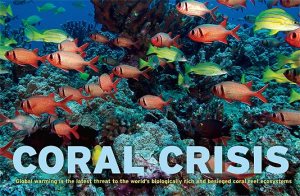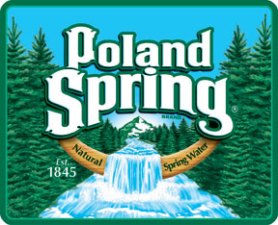Despite the criticism of skeptics and conservative politicians, the green job movement is moving forward and progressing. In fact, a report issued last week by the Economic Policy Institute (EPI) states that the growth and benefits of green jobs are even stronger than previously expected. After its analysis of employment data from the Brookings Institution and the Pew Center on the States, who undertook the task of categorizing green jobs on a detailed industry and occupational level, the EPI concludes the following:
- Green industries are growing faster than the overall economy, at a rate of 2,5 times as fast as other jobs.
- States with green jobs withstood the recession and fared better than those without green jobs.
- Approximately 20% of all green jobs are in the manufacturing sector, which is great for the economy because roughly 5.5 million jobs in this area have been lost since 2000.
- Green jobs offer pathways into the middle class. These jobs tend to require less education but pay better wages. This is good for people who cannot afford to go to college but still need good jobs that pay well, enabling them to support their families in a wholesome and healthy manner.
Now we need to adopt the appropriate governmental policies on all levels–local, state and federal–to support the positive movement in the green economy. This includes investing in storm water infrastructure and supporting energy efficiency programs in cities and states. We need long-term commitment to businesses involved in solar and wind energy. Most importantly, we need a change in mindset. Only through education and technology with demonstrated successes in improvement of air and water quality and reduction in adverse health conditions attributed to pollution will we reverse our dependence on coal and fossil fuels, which are so detrimental to our environment.
A green economy is a win-win situation for everyone. We can keep moving forward by practicing healthy living, educating our families and communities on green initiatives and demanding that our elected officials support the green movement through public policy. We know that these strategies are important ingredients in the recipe to live green, be green.




